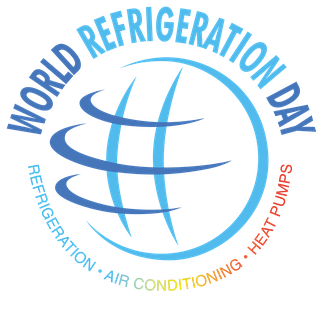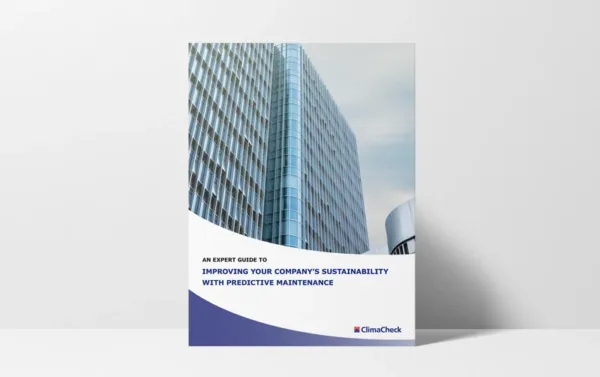Why different kind of savings shorten the ROI

In our last article we wrote about troubleshooting and the impact it has to reach savings in an efficient way. One aspect that was lifted was the time it takes to identify problems and reach the savings.
This is of course dependent on how fast information can be processed, presented, and utilised to implemented changes to optimise performance. Based on the common energy savings we identify (10-30%), the return on investment “ROI” time is often short when using ClimaCheck. It is often less than on year.
The ROI time is normally only based on the energy saving, in addition to this there are great savings in reduced cost of failures and down time. In some cases, these savings are bigger than the energy saving itself.
Due to lack of information about cost connected to poor operations, these savings are harder to estimate. Frankly, they are often missed completely because the cost is taken when there is no other option.
The cost of inefficient operations
A compressor failure can cost between 2000 – 50 000€+ to fix, with additional cost because of the loss of heating or cooling. However, without proper information it can be hard to estimate these costs because you don’t know if or when a breakdown will happen.
To detect deviations that will lead to failures, performance need to be documented and analysed. When that is done it is possible to tell that if a specific operation will lead to a failure and of course fix it before a breakdown. Until the failure/breakdown happens the operation cost will be increased, because of lower energy efficiency and increased need of service.
Hard and Soft savings
To understand how much that is possible to save, both data and information is needed. We have made this guide that is free to download, that goes through the necessary steps to include air conditioning, refrigeration, and heat pump (HVACR) systems in sustainability work.
This is important to move away from the common misconception that the right temperature is a good measure of performance. The right temperature is important! However, many HVACR systems can deliver the right temperature inefficient. Which makes the temperature an inefficient way to judge performance.
When the necessary information is in place, it should be possible to monitor performance as well as cost connected to the system. Cost should be divided so it is possible to see “obvious” cost like energy consumption and yearly maintenance as well as less obvious like problems connected to bad operation (emergency maintenance, increased energy consumption, loss of valuable goods etc).
Hard savings
Are often considered “easier” to calculate since they have a clear connection between the problem, the fix of it and the economic benefits. For example, if you reduce power consumption with 17% on a unit, you save 17% on the electricity bill (for that unit).
Soft savings (and multiple benefits)
Soft savings is often less obvious and harder to calculate, than hard savings. When a chiller runs efficient it is also reliable, this means that when the system is optimised and consume 17% less electricity it is most likely more reliable, and cost connected to bad operations won’t appear. This has many positive aspects.
- Fewer Breakdowns
- Lower frustration and less critical alarms
- More time to development and proactive work
- Indirect leak detection, lower the cost and risk connected to refrigerant leaks.
- Enhanced sustainability image
- Better interest on loans
- Reduced loss of valuable goods
- Higher productivity
- Higher Margin (due to lower costs)
- Efficient service, instead of going to site after a failure. The service is planned and executed based on the condition (predictive maintenance) before it trips.
Why is this important
Time is one of the most valuable resources we have. By reducing time spent on finding and fixing problems that could have been avoided, more time can be spent on developing the organisation.
Reducing the loss of valuable goods is also important. For example, if the cold chain is interrupted (broken) a lot of products will be destroyed and all the work leading up to that point will be wasted.
Today a positive sustainability image is important, in both B2B and B2C relations. If the sustainability work is lacking, projects can be lost, and customer can decide to choose a competitor.
All these “savings” adds up and can shorten the ROI significantly. However, since many of them are “accepted” in business as usual they might not even be visible in the calculations.
Is Business as Usual worth the risk?
Today ROI is critical in many business decisions, sadly the knowledge regarding potential soft savings and multiple benefits, savings are often underestimated. This puts many companies that work with energy efficiency in an awkward position. Either they promise an unrealistic short ROI or they miss the deal. On the other hand, many companies asking for energy efficiency have been disappointed since the result didn’t reach the goal (even if the savings was great).
The solution on this is simple and was summarised many years ago by Lord Kelvin “to measure is to know”.
When cost and performance is document and analysed it is possible to plan actions thereafter. It will also be possible to avoid situations like mentioned in “the right temperature” or “the unrealistic saving promise” example.
To get there, a structure is needed. Today a lot of data is collected, however, it needs to be analysed so it is useful. Thereafter there needs to be a structure so the information is used and both hard and soft savings are valued in projects.
ClimaCheck have helped many leading companies around the world to save time, money and energy. It doesn’t matter where you are in the process. If you want to know more how to introduce performance analysis in your organisation, contact us here.
Note, the examples we have is based on thousands of analysed and optimised systems. To make exact estimation of savings, information about your specific system needed. To get that performance needs to be analysed.
More news

World Refrigeration Day 2025 – Technology, Climate Action and an Industry Progressing into the Future.
June 26th marks World Refrigeration Day, a day to recognise the technology that enables life as we know it.

Office Hours During Midsummer Celebrations and the Summer
We wish you a joyful Midsummer celebration filled with happiness

New Employee, the ClimaCheck network is growing!
Say hello to Julian Schoch our new COO! Speaking German, English and Swedish, he’ll be a familiar face (and voice) to many of you in our daily communication.


